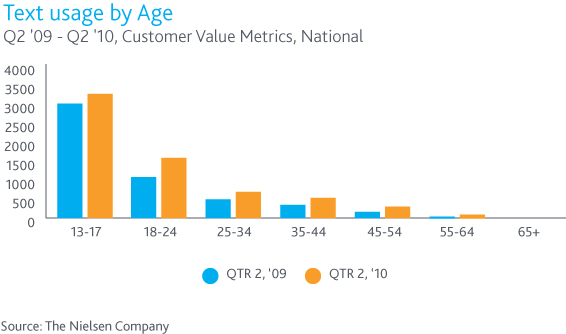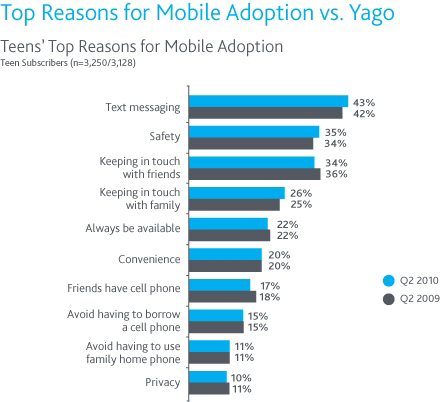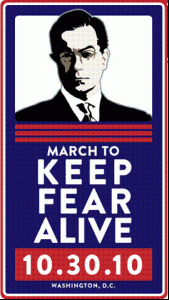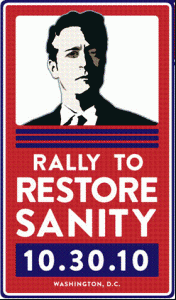 Some years back I had a brief discussion with the Senior Vice President (SVP) of Human Relations for an oil exploration company about performance management. He was at a loss as to why so many of the employees at his company hated (his words) their performance appraisal system that the organization developed a few years previously.
Some years back I had a brief discussion with the Senior Vice President (SVP) of Human Relations for an oil exploration company about performance management. He was at a loss as to why so many of the employees at his company hated (his words) their performance appraisal system that the organization developed a few years previously.
After a few questions, I learned the following about his approach to performance management:
- He wanted a level playing field for everyone
- He thought that his organization’s 7 – point rating system was very fair
- He could not understand why so many people considered a rating of 4 an insult
- He believed that pay should be tied directly to performance
His organization consisted primarily of individuals with advanced degrees. He pointed out that various people participated in developing the performance management system, and he was proud of the result. Why, then, was it not working? He was talking to me because he wanted help from someone with an outside perspective.
In a nutshell, I said:
- People do not like the process of appraisal, especially if it is directly tied to salary
- Conceptually, most people accept a multi-point system as long as they are at the top
- PhDs, CPAs, and lawyers are self motivated and trained to believe they are exceptional – anything below a 6 is an insult – and they are not too crazy about 6’s either
- From their perspective, there is a difference between someone with a master’s degree and a terminal degree. The SVP had a Master’s Degree.
The SVP was very resistant to this perspective. It did not make sense to him. He was trying to level the playing field. He did not see the connection between school work and work performance ratings. Not everyone can be a 7, especially if the organization is tying pay and performance together while trying to manage budgets.
Over the years I have come to realize that this discussion was as much about motivation and emotional commitment as it was about performance management. If I could do it over, I’d make some changes in the delivery of my message, although the content would remain relatively the same. What I failed to recognize was the emotional ownership this SVP had in the system he developed and was responsible for implementing. I would try to recognize his investment while attempting to separate the components of the system – performance, motivation, salary administration. I would talk about each separately and then how they work collectively. I would also talk about the definition of a level playing field, fear of judgment, self worth, the competitive spirit, and how people react to each. All of these have an effect on the success of a performance management system.
This conversation took place before the internet and Youtube. Today I would show him the following by Dan Pink called, “Drive: The surprising truth about what motivates us “:
Rather than focus on the educational degree issues, I would ask him how his system promotes Autonomy, Mastery, and Purpose. I’d also ask what the downside is to the organization when it focuses on pay for performance in an imperfect system, especially with the realization that performance is one component of salary administration.
Given the research, as long as organizations view a direct relationship between pay and performance as the sine qua non for performance management, there will be large numbers of dissatisfied, negatively motivated employees and frustrated SVPs.

 Our ability to concentrate on one thing to the exclusion of others can be practical and efficient. It is also a coping mechanism.
Our ability to concentrate on one thing to the exclusion of others can be practical and efficient. It is also a coping mechanism.










